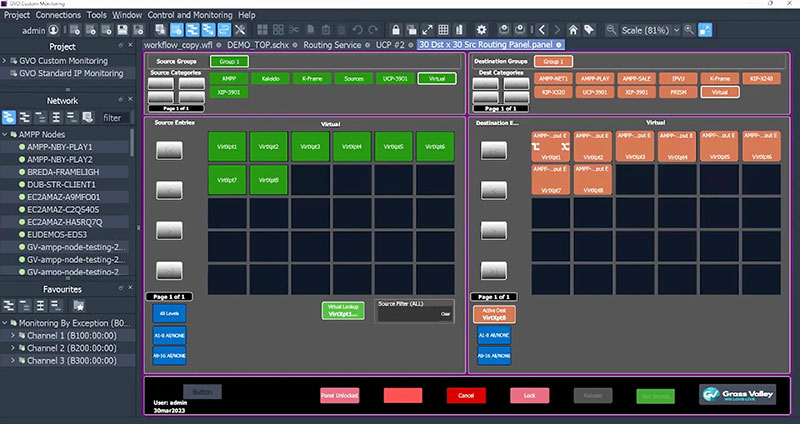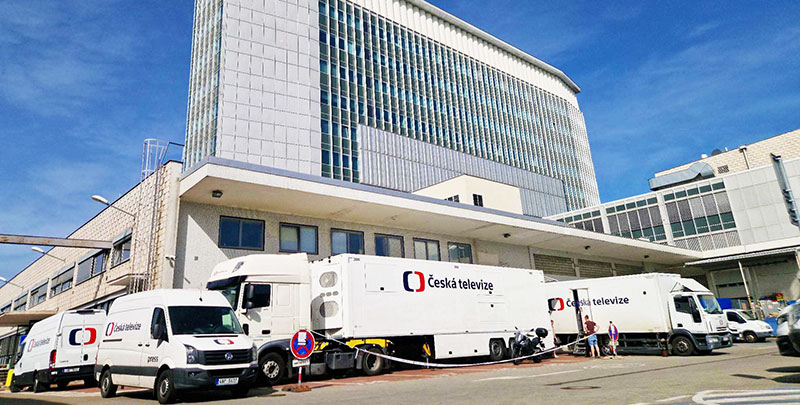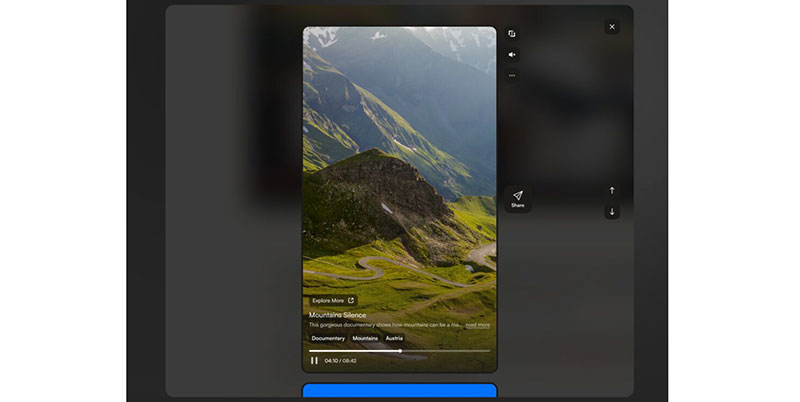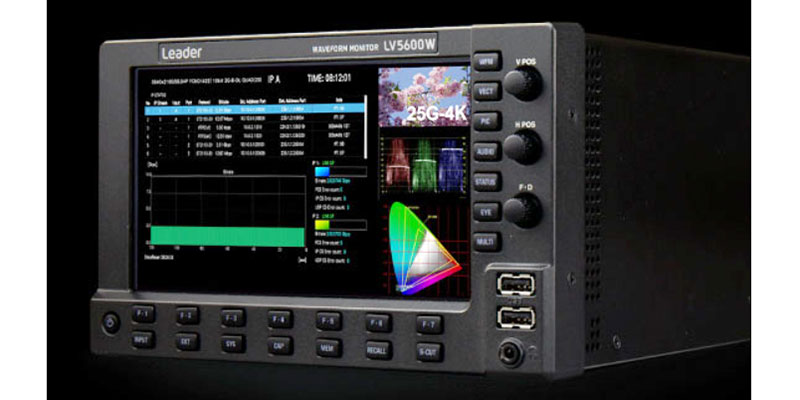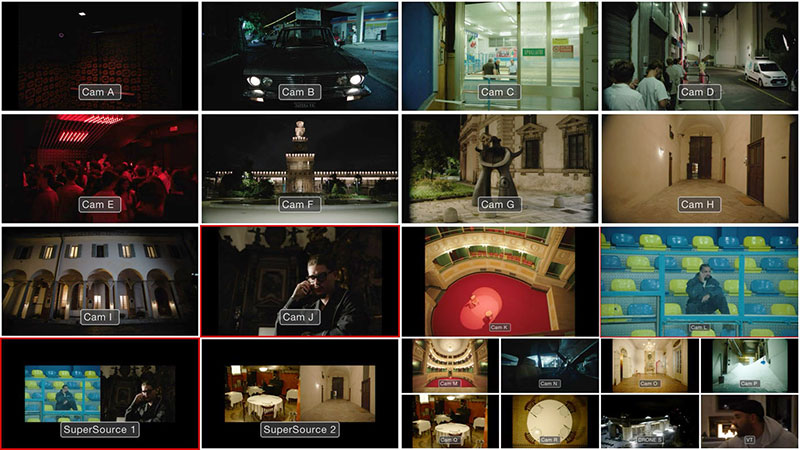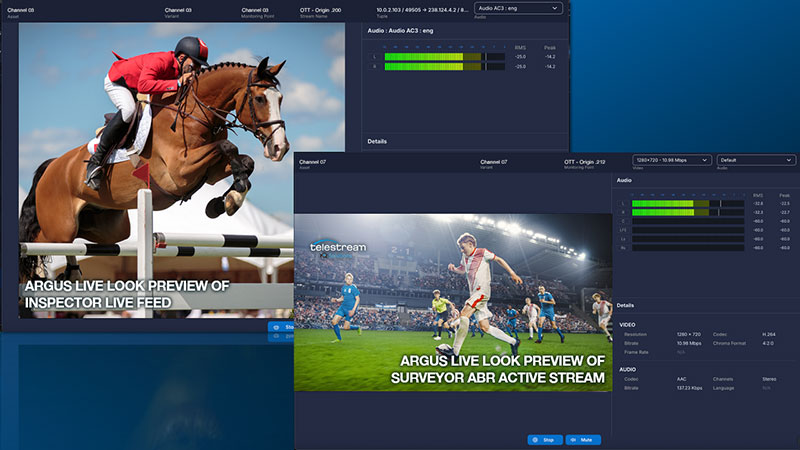Rick Dumont from Advanced HDR by Technicolor talks about how HD distribution in HDR can create more options for video delivery, at higher quality and across more circumstances.

As awareness and popularity of high-dynamic range (HDR) imaging rises among consumers, a growing number of organisations involved in content distribution are exploring the implications of sending HDR over HD channels rather than focusing exclusively on ultra-high definition (UHD).
Putting forward this idea, Rick Dumont, Head of Business Development for Wireless and HDR at Philips, noted, “Streaming services account for how an increasing portion of the world’s viewers access digital entertainment. As the market evolves, content providers face significant challenges in delivering high-quality content efficiently.”
A key issue is ensuring smooth, buffer-free streaming in areas with limited internet bandwidth. Streaming quality is crucial for maintaining viewing experiences across varying network conditions – from terrestrial fibre to 4G and 5G connectivity – and devices, including smart TVs, smartphones, tablets and gaming consoles. HDR is largely promoted as a viewing innovation closely associated with UHD resolution, a streaming challenge in itself.
HDR Content – Availability and Access
However, the team behind Advanced HDR by Technicolor – a collaboration between Philips, InterDigital and Technicolor – believes that HD distribution strategies for HDR can create more options for delivering experiences, both at higher quality and across a greater range of circumstances.
“HDR display contrast can significantly enhance HD content, not just UHD 4K, resulting in a better viewing experience on HD TVs and other devices. Providers can save on bandwidth while delivering brilliant video content. It expands availability of HDR content and access to high-quality visual experiences to a broader audience,” Rick said.
It is a message that will require an industry-wide shift in perspectives – especially among streaming providers whose customers access content from a variety of venues and circumstances.
“The recent growth of streaming service providers has been driven by several factors, including improved internet connectivity, technological advances, changing consumer preferences, and the proliferation of mobile devices. But providers do face some challenges that must be addressed head-on,” said Rick.
Resolution, Bandwidth and Visual Impact
For instance, as mentioned above, services must ensure that content is delivered smoothly, with minimal buffering, even in areas with limited internet bandwidth while maintaining a high-quality viewing experience. This means that connections for stable viewing of UHD are not always going to be available.
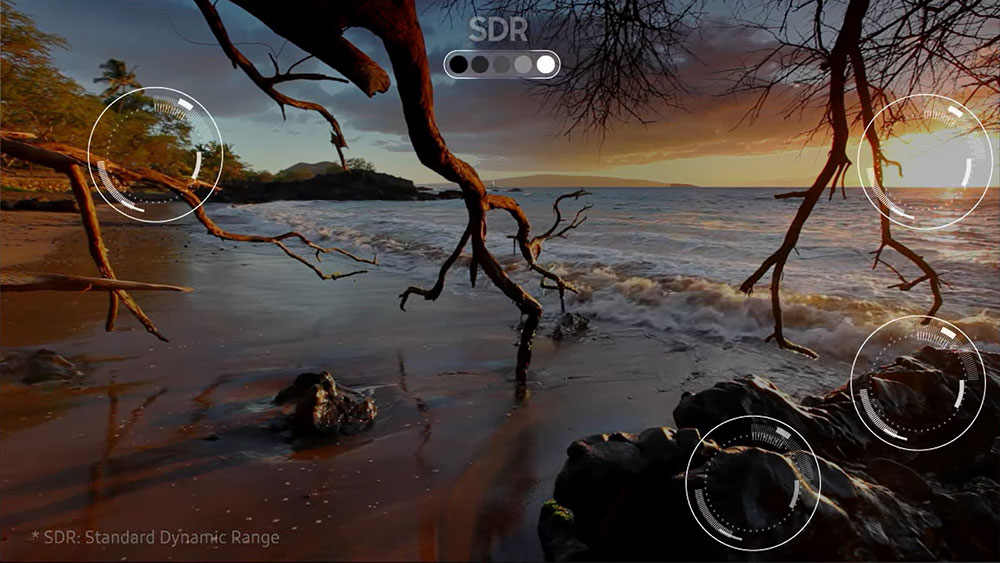
“Many people assume that HDR necessitates high resolution content, but that is not the case. The wider HDR luminance range over HD improves colour, contrast and overall image quality for viewers without UHD, and results in a more immersive, visually appealing experience,” he said.
HDR over HD has a more significant visual impact than SDR over UHD because HDR presents more accurate colours, smoother light and colour shading, and more detailed images. At the same time, it reduces bandwidth requirements by a factor of four simply because HD uses only one-fourth of the pixels. Also, HDR improves the perceived resolution, as adjacent pixels may have the same colour but have different brightness that HDR emphasises.
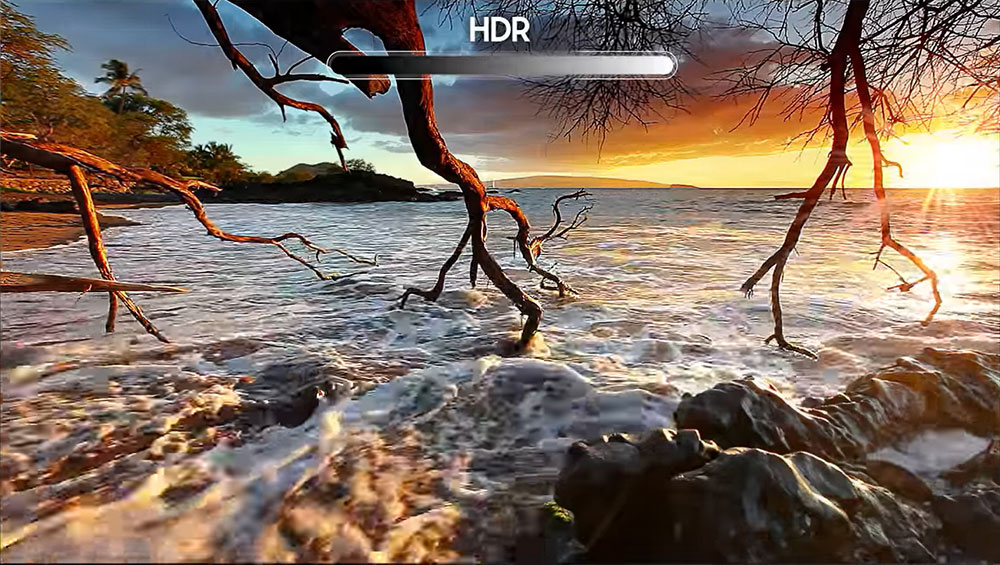
Single Layer HDR Encoding
This leaves the industry to address the challenge of providing high-quality HDR with 8-bit coding when, theoretically, a 10-bit colour depth is needed in HDR to prevent coding artifacts, like banding. It is an issue, however, that can be effectively addressed by adopting dynamic automation and metadata from Advanced HDR by Technicolor.
Advanced HDR by Technicolor is a suite of production, distribution and display techniques that uses machine learning (ML) to enhance image quality and the consumer viewing experience. It includes an intelligent tone management (ITM) tool that works as a dynamic, tunable, real-time method of up-converting SDR content to HDR, while leaving users to manage the contrast, brightness and colour saturation.
Further to ITM, it uses single layer HDR (SL-HDR) encoding – also dynamic and tunable in real-time – now standardised in an ETSI SL-HDR specification. SL-HDR generates and delivers a single, consistent, high-quality stream that is SDR compatible due to a preprocessing step applied before encoding that implements this standard – SL-HDR transforms HDR input streams into SDR-plus-metadata streams. SL-HDR compatible receivers use the information in these streams to output high-quality HDR images for consumers that can be adapted to make the best use of their devices’ display capabilities – SDR or HDR.
Dynamic Conversions
When it comes to applying 10-bit colour-depth performance to HD, the dynamic – or adaptive – nature of SL-HDR pre-processing results in more efficient coding compared to the static (or LUT) formats like HDR10 and HLG. Dynamic conversions allow native HDR video to remain intact, distributed at the best possible quality, and also make sure that the SDR video is of optimal quality and remains consistent.
Dynamic conversions are also critical when capturing content, especially for live outdoor sporting events. Otherwise, the brightness levels of the HDR content would need continuous manual adjustment. Lighting conditions can dramatically change when the action moves from bright sunlight to shaded areas.
Therefore, by automating the conversion process, HDR content can be delivered to the viewer in a stable and reliable manner, regardless of the viewing conditions or changes in lighting conditions. “Where HDR10 needs a 10-bit colour-depth and typically HEVC coding, SL-HDR can use AVC in 8-bit as used by legacy systems, making it less bandwidth hungry and at the same time preserving backward compatibility with legacy SDR systems,” said Rick.

From the content creation perspective, HDR over UHD means more data is processed during editing, colour grading and visual effects rendering which, in turn, requires more powerful hardware and storage to handle the data efficiently.
In contrast, HDR over HD content involves smaller file sizes and has less demanding processing requirements. The single-layer HDR (SL-HDR) pre-processing done by Advanced HDR by Technicolor optimizes 8-bit quantization, leaving no visible coding artifacts. In addition, the HDR and SDR formats can be stored and distributed in a single stream, halving storage space for the coding ladders.
When Less is More
The metadata transmitted in the SL-HDR stream makes optimal use of the receiving device’s dynamic range by adjusting the HDR quality to match its capability. This optimised approach avoids overexposure under limited dynamic range capabilities, while maximizing the capabilities of TVs that support high dynamic range.
“Advanced HDR by Technicolor can deliver a very high-quality, high-dynamic-range image in HD without compromising content creators' intent or viewers' experiences,” Rick said. “Dynamic conversions accomplish this outcome in a stable manner – at scale – while minimising the factors that typically add cost and complexity to the creation, storage and distribution process.
“The bottom line is that HDR on HD is ideal for meeting the requirements of service providers that seek a bandwidth-efficient streaming process for delivering significantly more vibrant video content.”
The benefit for streaming providers includes reduced storage requirements – by using 8-bit instead of 10-bit as well as storage of SDR and HDR in a single stream – and improved stability for lower bandwidth connections. By utilising HDR to enhance HD video, streaming providers can save significant bandwidth compared to 4K HDR video, while still delivering the same brilliant quality for the majority of video content. advancedhdrbytechnicolor.com







